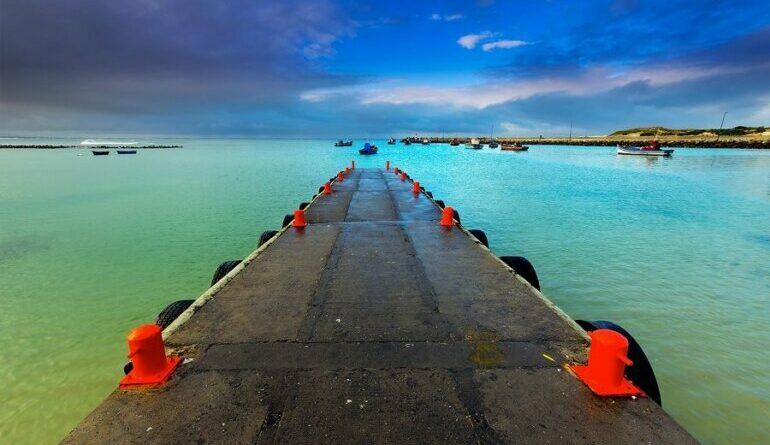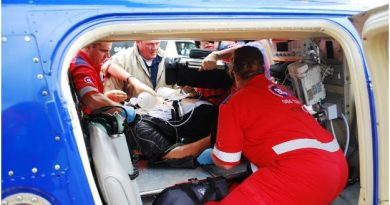Embracing the shift to responsible tourism
Around the world, several tourism businesses have embraced the challenge to become more environmentally, socially and economically responsible with tourism industry organisations including the South African Tourism Services Association (Satsa) and the Federated Hospitality Association of Southern Africa (Fedhasa) helping to galvanise action amongst their members.
South Africa was one of the first countries to include responsible tourism in its national tourism policy and published a white paper describing the roles and responsibilities of a range of players as far as responsible tourism is concerned in 1996. This was followed by the publication of the National Responsible Tourism Guidelines in 2002 providing guidance and indicators to enable the tourism industry to indicate progress in achieving the principles of responsible tourism.
Responsible tourism is defined as tourism that respects the tourism destination’s environment, community and culture with the aim of correcting the adverse effects caused by irresponsible mass tourism.
In essence, responsible tourism and sustainable tourism have the same goals: environmental integrity, social justice and maximising local economic benefits. Where they differ is that responsible tourism puts the onus on individuals, organisations and businesses to take responsibility for their actions – and the impact of those actions – and make tourism more sustainable.
Harold Goodwin, MD of the Responsible Tourism Partnership, an NGO which has done much to promote responsible tourism globally, points out that responsibility drives sustainability. “The only way to distinguish your business as responsible is to be clear about what you are doing and transparently report your positive impacts.” He adds that responsible tourism boils down to “making better places to live in”.
This is something we feel very strongly about at Touch Down Group. Implementing responsible and sustainable tourism practices is a journey rather than a one-off event which is something we have come to appreciate at all the tourism properties we manage. The property within our portfolio which has arguably made the most progress in this respect is Royal Morubisi in the Kaingo Game Reserve, a protected area in the Waterberg renowned for its rich landscapes, biodiversity and archaeology.
Kaingo Game Reserve is part of the UNESCO, declared Waterberg Biosphere Reserve and falls in the critical biodiversity area 1 category. A 16,200-hectare Big Five reserve, the primary objectives of the reserve are to protect biodiversity and become more sustainable. As part of the aim to restore biodiversity, the reserve has focused on restoring degraded habitats, rewilding old ploughed lands, evolving the species composition, reinstating a natural fire system, addressing bush encroachment and adopting a balanced approach to the management of the reserve.
The reserve creates much needed employment for local communities where the focus is on skills transfer and individual development. The two Royal Morubisi lodges situated within the reserve – consisting of the 28-bed Royal Morubisi Founders Lodge and the 10-suited Royal Morubisi River Lodge – are both committed to promoting responsible and sustainable tourism practices in order to minimise the environmental impact on the reserve and to support local communities.
Both lodges have been actively phasing out the use of plastic, replacing plastic water bottles with glass bottles and offering beverages in recyclable cans or glass bottles. Jugs of drinkable water are provided in rooms and the dining areas, and reusable glass water bottles are used for game drives while water dispensers are available for guests to refill their personal bottles.
At the same time, the lodges have been minimising their use of single use plastic wrap and plastic bags, instead of using storage containers and crates. Plastic straws have been replaced with biodegradable straws and every effort is made to limit printing as the lodges transition to a paperless environment.
Glass, metal, paper, plastic and organic materials are all recycled. Refillable Charlotte Rhys room amenities are vegan, biodegradable and eco-friendly to promote sustainability and reduce waste. The reserve’s research centre and boat are both powered by solar energy.
Responsible tourism initiatives should always be prioritising the local community. The majority of staff – 80% – are sourced from the local Vaalwater community. Royal Morubisi supports local suppliers by purchasing fresh, seasonal produce and free-range eggs from them. It also supports a local orphanage, providing birthday cakes for the children and employment opportunities for matriculants.
Responsible and sustainable tourism not only protects the natural environments where tourism and hospitality establishments are situated for future generations, but it also protects the cultural environment and promotes equitable and inclusive development of local communities. Kaingo Game Reserve, which has the vision to establish an enduring conservation legacy, is an excellent example of a tourism destination which reflects the ethos of responsible tourism. As an industry, when we get responsible tourism right, we provide more enjoyable experiences for visitors through more meaningful connections with local people and we make a positive contribution to the conservation of natural and cultural heritage. That can only be a positive in the long term.




